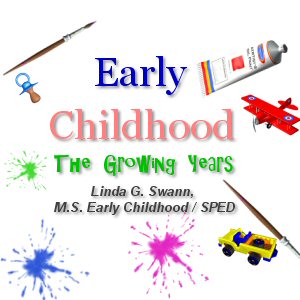Puzzles for Christmas
 “Puzzles for Christmas” should be a chant heard around the world. Every child should wake up Christmas morning to find puzzles under the tree. In fact, my children would have been disappointed if Santa had not left puzzles under their tree, which he did each year until they left home. You might ask why puzzles are so important.
“Puzzles for Christmas” should be a chant heard around the world. Every child should wake up Christmas morning to find puzzles under the tree. In fact, my children would have been disappointed if Santa had not left puzzles under their tree, which he did each year until they left home. You might ask why puzzles are so important.
Psychologists Sternberg and Davidson argued, as far back as 1982 (Psychology Today, Volume 16, pp. 37-44), that solving puzzles entails the ability to compare hidden information in a puzzle with information already in memory, and, more importantly, the ability to combine the information to form novel information and ideas. Puzzles use patterns, as does reading, math and logic. Working puzzles is one of the best brain building exercises, developing these skills, along with problem solving skills and individual success and achievement for confidence building.
Eye-hand co-ordination is necessary to manipulate the piece into the correct position with spatial awareness and mental manipulation as a reward of working puzzles. Your child will develop problem solving strategies for fitting the pieces together and completing the puzzle. He/she will observe and detect similarities and differences, analyze, and do trial and error, such as “the blue piece goes with blue piece, for the sky,” or “a straight edge must be part of the border,” and learn many pieces make a whole (also a math concept). Working puzzles requires a high degree of concentration. Your child will become totally absorbed, acquiring concentration skills necessary for school and life. Confidence is gained from the success of placing a single puzzle piece correctly, time after time.
Infants recognize objects by their shape and not necessarily by the position. A table is a table whether upside down, upright, or lying on its side. Puzzles help develop more refined shape recognition skills. To fit the piece exactly involves observing the shape of the hole as well as the shape of the puzzle piece. A young child deals with the problem by trial and error, and sometimes force. For the young child, puzzles with knobs attached are a must. Small knobs help with small finger coordination, and strengthens the three-fingered “pincer grip” that is used for writing. Knobs help toddlers become successful puzzlers and make beginning puzzles fun. They should be made of wood with attractive, bright, familiar images and scenes. They should have unconnected shapes, such as a street scene, with only separate car, bus, and truck shape. As the child grows and these are no longer a challenge, simple connected shapes with few pieces are appropriate. Grow these with more pieces as your child masters a puzzle level.
There are many types of puzzles: shape sorters, peg puzzles, chunky puzzles, jumbo knob puzzles, heavy duty cardboard floor puzzles, foam puzzles, textured puzzles, shape sorting puzzles, sound puzzles, layer puzzles, jigsaw puzzles, 3D puzzles, logic puzzles, Sudoku, riddles, anagrams, doublets, picture puzzles, crossword puzzles, math puzzles, word puzzles, map puzzles, alphabet puzzles, crypto quotes, hidden pictures, etc.. Choose wisely, as you know your child’s interests and capabilities. Most puzzles have suggested ages to follow. If these are too frustrating for your child, move an age level back, or, if too easy, move forward an age level. Introduce new challenges by working with your child in the first play sessions until your child becomes comfortable with how to attack it. Talk about strategies to attack the puzzle, such as grouping color pieces or straight edged pieces to form the frame.
Puzzles are a must and should be a part of your child’s developmental experience, beginning early and extending into adulthood. Puzzles will enhance any age, so join in and have “family fun time!”










